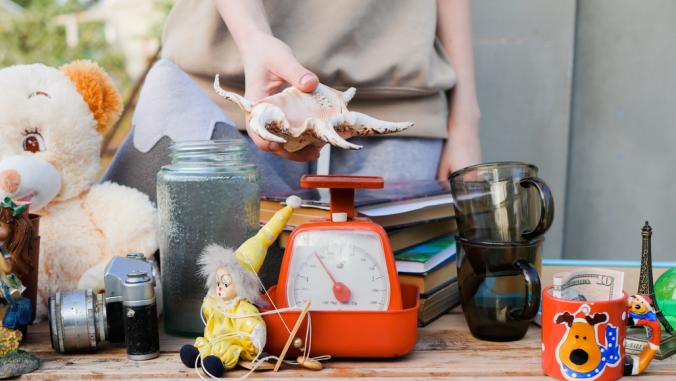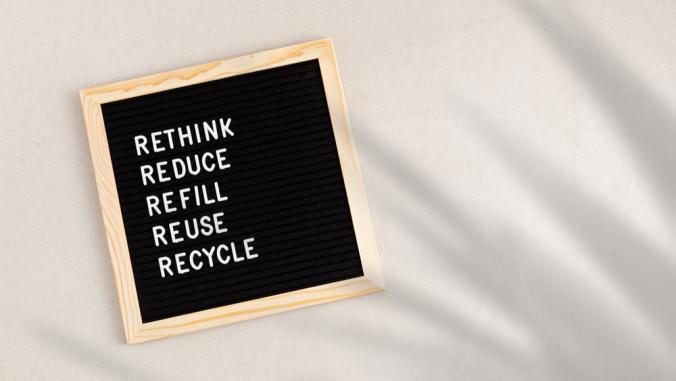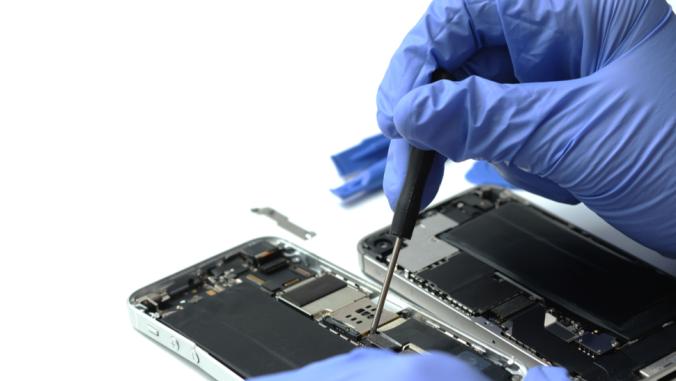Furniture as a service — PaaS or fail?
IKEA's new products-as-a-service model offering shows its circular efforts, but there are still questions to be answered.

This article is drawn from the Circular Weekly newsletter from GreenBiz, running Fridays.
Last week, the Swedish furniture giant of flat-pack and meatball fame added sofa-as-a-service to its lineup of iconic industry offerings. IKEA announced a furniture leasing trial to explore "scalable subscription services" for everything from couches to kitchens.
From lighting-as-a-service to the rise of clothing rental, more companies are beginning to catch on to the potential of providing products-as-a-service (PaaS) through rental, leasing, pay-per-use and pay-per-service models for items that traditionally have been purchased outright (and usually landfilled when no longer needed).
Yet while some already have dubbed IKEA’s pilot, which will roll out only in Sweden for now, the "Netflix of furniture," the details of access over ownership become increasingly more complicated with physical things than with digital ones.
In a new survey on circular economy perceptions and strategies, ING, the Dutch financial institution, asked 300 U.S. executives about the challenges to adopting a PaaS model. It found that managing ongoing product maintenance, adapting sales and distribution models and rethinking product pricing were the three most challenging changes a company would have to make. (The report also found that 62 percent of American companies are planning to move toward circularity, which I found surprising, to say the least. It may speak to the still-evolving definition of "circularity" among companies.)
How will IKEA determine when a chair has reached the end of its usable life? How much should two years of a chair’s life cost compared to a lifetime of ownership? IKEA hopes to find out.
PaaS models also require companies to consider the financial implications of being paid in smaller increments over time, and the intricacies of holding more assets on the balance sheet.
But when companies capitalize on a product’s performance rather than the volume of sales, they are incentivized to invest in durability instead of planning for obsolescence.
IKEA’s furniture rental pilot supports its ambitious goal to become a fully circular and climate-positive business by 2030, highlighted by an effort to decouple the use of virgin materials from the company’s growth, according to its 2018 sustainability report (PDF). In addition to piloting a buy-back program for gently used furniture and offering a national mattress recycling program in the United States, IKEA is also considering selling spare hinges, screws and other parts for furniture no longer stocked in stores, so that its customers can fix IKEA products and keep them in use longer.
As IKEA dips its corporate toes into new business models, it’s important to remember that not all product-as-a-service innovation offers a circular outcome. I’ve learned to always ask what happens next in a material’s life-cycle. If a product ends up in a landfill rather than being refurbished or deconstructed and cycled back into the value chain, it’s not truly circular, even if it’s a step in the right direction.





